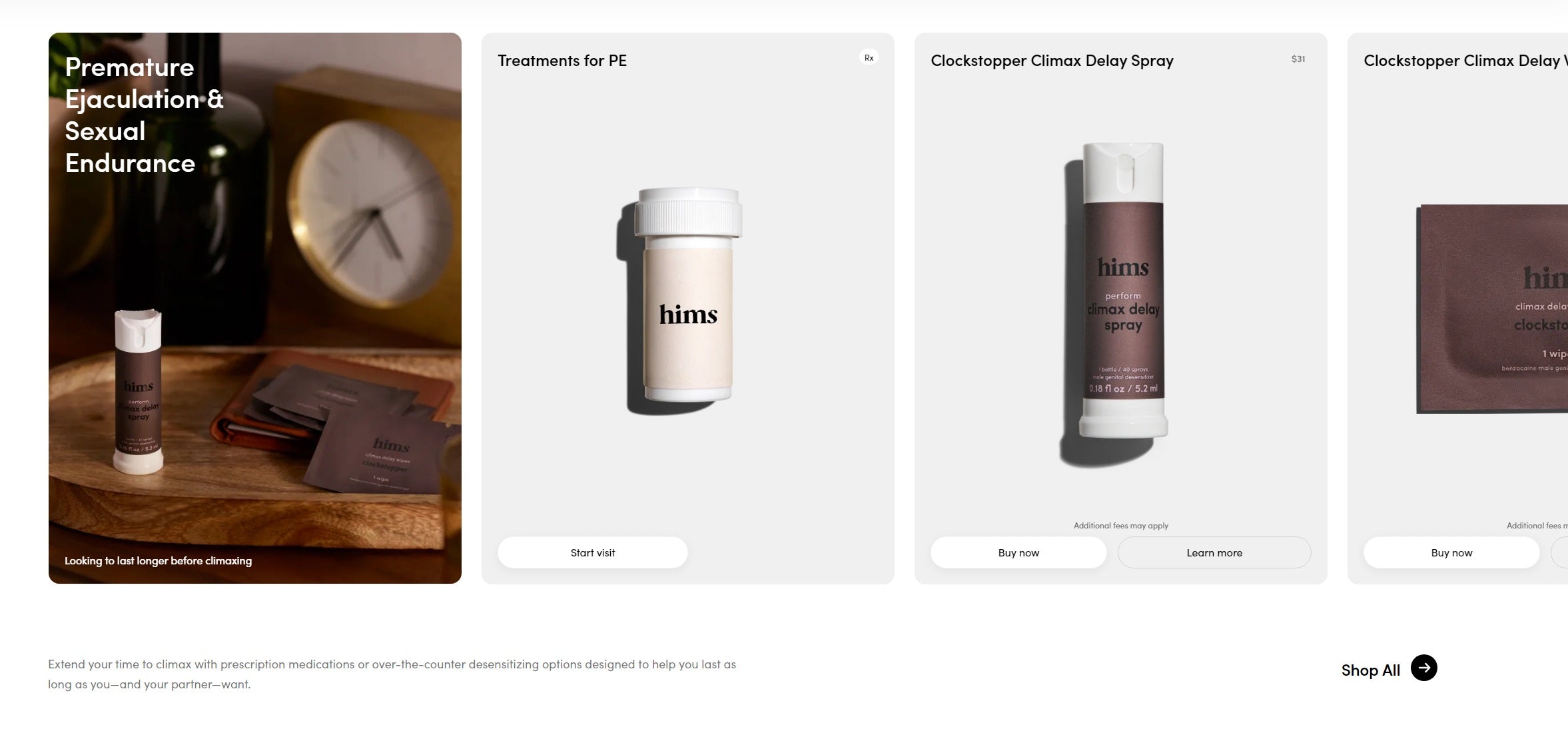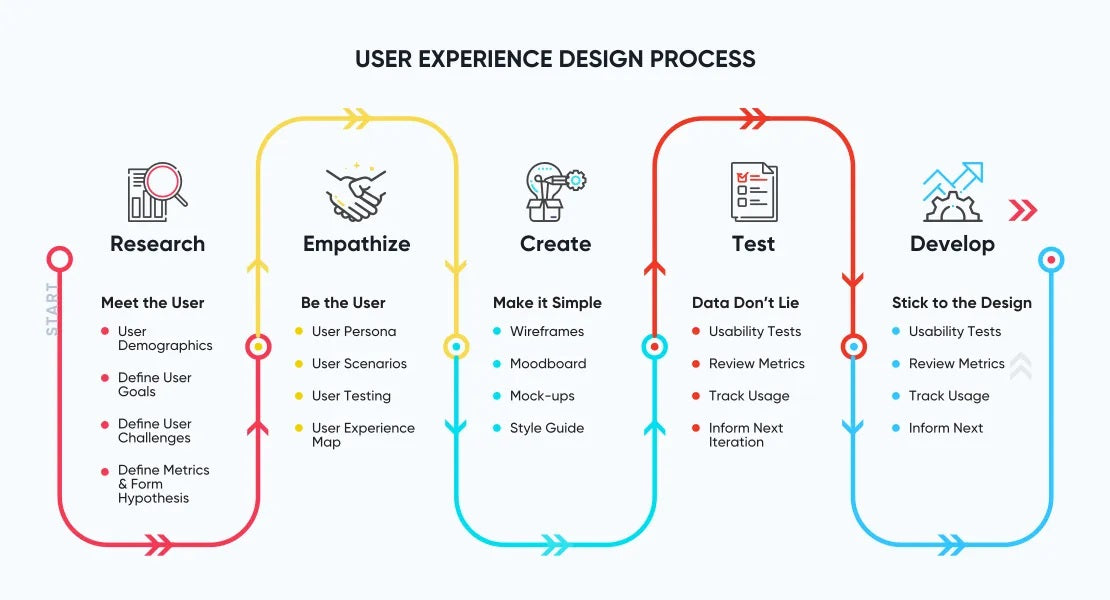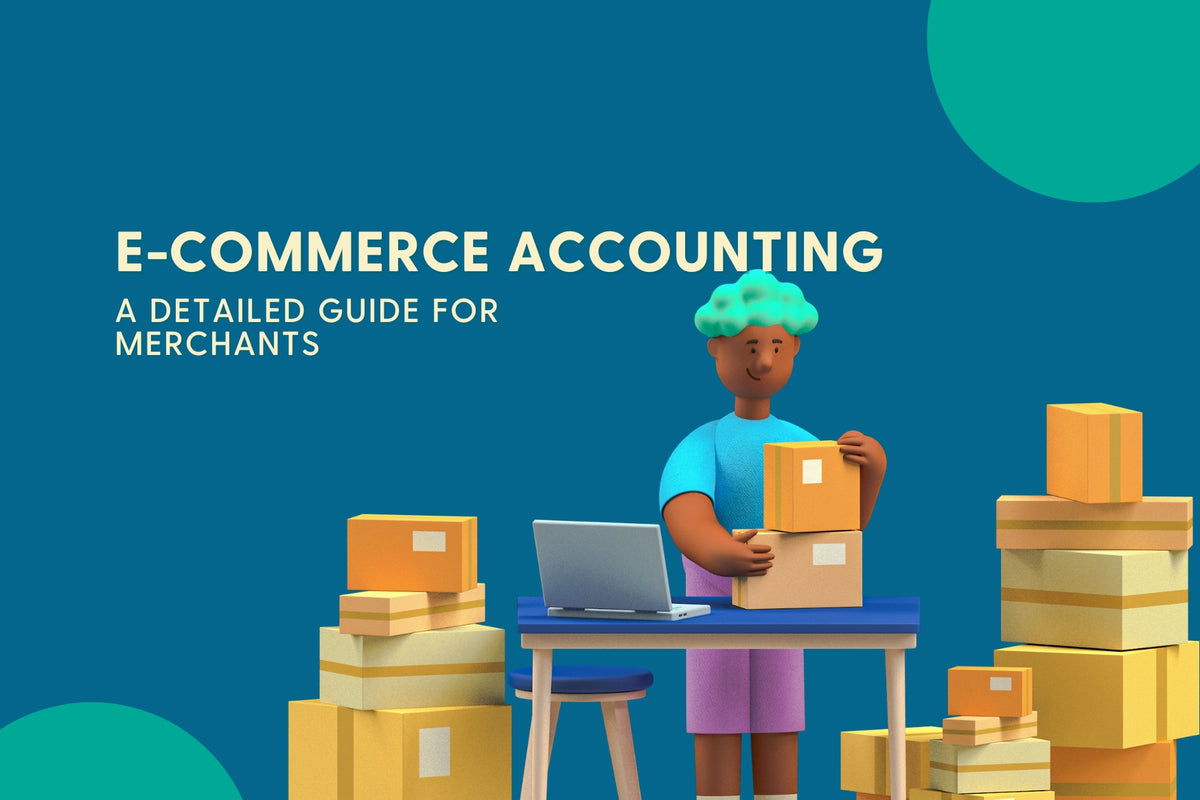In online retail, your Shopify store isn’t just a marketplace — it’s your brand’s digital identity.
That’s why choosing a Shopify theme that captivates your target audience and nurtures them to conversion is pivotal.
But with so many options, where do you even begin?
It all starts with understanding your specific business needs and ideal customer.
A perfect Shopify theme isn’t just about aesthetics.
It’s about crafting a seamless, responsive, and memorable shopping experience that resonates with your customers and drives sales.
Let’s take a closer look at how to pinpoint a theme that can transform your online store into an eCommerce success story.
Why Do You Need the Right Shopify Theme?
The right Shopify theme magnetizes customers.
It reflects your brand identity and sets the tone for your online presence.
A great theme turns casual browsers into loyal customers. It provides an intuitive and seamless shopping experience.

There are a lot of themes to choose for your Shopify store.
A poorly chosen theme, on the other hand, can drive potential customers away.
Slow loading times, clunky navigation, and poor mobile responsiveness are just a few common pitfalls.
These not only frustrate users but also harm your SEO rankings.
How To Choose the Perfect Shopify Theme
Selecting the ideal Shopify theme is a journey of balancing functionality, aesthetics, and brand alignment.
Keep your specific business and core audience top of mind when planning your must-haves.
You’ll also need to consider these crucial aspects:
- Integration with third-party apps
- User experience enhancement
- Competitor analysis results
- Branding compatibility
- Feature requirements
- Responsive design
- Budget constraints
A good theme also needs to align with your marketing goals.
Want to showcase new arrivals or bestsellers? A theme with featured products and mega-menus makes sense.
Selling to a niche market? Customization options and unique layout features are key.
Consider product catalog size, imagery, and the checkout process, too.
Think of your theme as a passive income stream. The right setup can work around the clock, turning visitors into buyers.
Each element is pivotal in determining your Shopify theme’s performance in real-world scenarios.
As we move into the following subsections, remember the goal is to find a theme that looks good and works seamlessly for your business and customers.
Make a List of Features You Need
When looking through Shopify themes, start by charting your course.
List the features essential for your store.
This isn’t just about what looks good.
It’s about what drives sales and improves the customer experience. Consider everything from basic functionalities to advanced features.
Begin with the basics:
- Responsive design
- Quick-shop options
- Product image galleries
Then, think about what sets your brand apart.
Do you need large, high-quality images to showcase your products?
Are color swatches crucial for your fashion items?
Maybe you require countdown timers for promotions or mega-menus to navigate your extensive catalog.
A good theme also offers easy-to-use customization tools.
Look for a theme editor that’s intuitive and allows for quick changes. The ability to add or modify features without complex coding can save you endless time and resources.
Your options list should focus on what your business needs and what your customers expect.
Determine Your Shopify Theme Budget
Setting a budget for your Shopify theme is crucial. It’s about cost versus value. Free themes are tempting but often lack advanced features.
Premium themes, while more costly, offer significant advantages. Decide what’s best for your business without breaking the bank. If you’re just starting out and have little to no resources, a free theme is better than no theme.
However …
Investing in a premium theme might seem steep initially, but it can pay off:
Ongoing support
Better design options
More customization flexibility
This gives your store a professional edge and can help you stand out in a crowded market.
But be realistic.
Don’t overspend on features you won’t use. If your needs are straightforward, a basic, less expensive theme might do the trick.
Match Up With Branding Through Customization Options
Aligning your Shopify theme with your brand identity is crucial.
A theme that offers ample customization options can seamlessly reflect your brand’s ethos.
Look for themes that allow you to tweak colors, fonts, and layouts to match your brand’s style.
Customizable layouts and theme customization features help you create a unique online presence.
Whether you’re a minimalist design aficionado or a brand that loves vibrant color swatches, the right theme helps your brand’s personality shine through.
Get inspired by StudioSuits, renowned for its top-quality tuxedo suits for men. With a custom Shopify theme, StudioSuits makes sure its online storefront reflects its products’ sophistication:

Don’t underestimate the power of a good font choice, either.
Think about a warm, handwritten font on a bakery’s website. It creates a comforting appeal. And a sleek, sans-serif font in a tech store radiates a modern and efficient tone.
Take House of Joppa, a Catholic jewelry store, for example. Its choice of Lato, a clean and versatile sans-serif font, helps reflect its values.
It’s approachable and friendly yet maintains a touch of elegance that matches its offerings.
By keeping your brand’s personality and target audience in mind, you can create a unique and welcoming aesthetic.
Review Competitor Shopify Themes
Understanding your competition is key to standing out in e-commerce.
Take time to review your competitors’ Shopify themes. Ask yourself:
- What features are they using?
- How’s their layout structured?
Notice the details, too:
- Navigation
- Product display
- Mobile responsiveness
But it’s not about imitation.
It’s about understanding industry standards and customer expectations.
By analyzing competitor themes, you gain insights into what works and what doesn’t. Look for gaps in their designs you can capitalize on.
For instance, they may lack effective promotional banners or have sparse product details. Use these observations to differentiate your store.
Remember, the goal is to stand out, not blend in.
While exploring options, consider drawing inspiration from diverse sources, even those beyond the Shopify ecosystem of competitors.
Consider Him’s theme on sexual health. It showcases a pharmaceutical tone that’s dignified and effectively communicates sensitive subject matter:

Take a look at Asana’s team collaboration theme, too. It immediately reflects a productivity tone, showing visitors how to use its tools to work more efficiently:

By broadening your perspective and exploring websites outside the conventional realm of Shopify, you can find innovative ideas to create a distinct and engaging online presence.
How Can Your Shopify Theme Help the User Experience?
User experience (UX) is the cornerstone of any Shopify store.
An effective theme transforms browsing into an engaging, seamless experience.
Consider how users interact with your site from start to finish.
For instance, a trucking company may prioritize a Shopify theme that emphasizes clarity, easy navigation, and a guided selling quiz to complement the sales goals outlined in its trucking business plan. This approach helps direct its online visitors to the exact delivery service they need.
The following template can help you design a UX with your audience in mind:

Start with navigation. Is your theme intuitive? Can customers find what they need without hassle?
Themes with well-organized menus, search bars, and clear categorization enhance usability.
Next, consider the product presentation. The little things can make a huge difference. For example:
- Quick-view options
- High-quality images
- Detailed product descriptions
They help customers feel confident in their purchase decisions.
Speed is also crucial. A fast-loading theme isn’t a luxury — it’s a necessity.
Slow websites drive customers away and tank SEO scores. Optimize your theme for speed, especially on mobile devices.
Speaking of mobile, make sure your theme is responsive. More customers are shopping on smartphones than ever before. A mobile-friendly theme is vital for capturing this growing market.
The checkout experience is the final piece.
A theme with an easy, secure checkout process encourages conversions. For instance, include convenient features like:
- Saved carts
- Guest checkout options
- Multiple payment methods
In summary, your theme should create a positive, frictionless user journey. It should entice, engage, and convert.
Choose Third-Party Apps
Many Shopify themes work seamlessly with various third-party apps and services.
These apps often use protocols like OAuth to authenticate and access data from the Shopify store in a secure way. In other words, you can often use your Google or social media credentials to quickly sign up and get started using them.
Integrating third-party apps into your Shopify theme can enhance store functionality and the user experience.
How?
These apps add specialized features that might not come with your theme, from advanced analytics to unique marketing tools.
Start by identifying the gaps in your theme’s capabilities.
Do you need:
- More detailed customer testimonials?
- Enhanced email marketing integrations?
- More robust product recommendation engines?
There’s likely an app for that.
Popular apps like Pixel Union and countdown timers can add a dynamic edge to your store, too. Boost Commerce is an app that can help streamline and improve your store’s search functions.

However, be selective. Too many apps can slow down your site and confuse users.
Focus on apps that align with your business goals and customer needs.
Compatibility is key. Make sure all apps integrate smoothly with your chosen theme without glitches.
Remember, each app must add value, improve customer engagement, or streamline operations. A strategic tech stack can turn a good Shopify theme into an effective eCommerce sales system.
Before selecting a theme, make sure it’s compatible with the third-party apps you plan to use. Check whether the theme has built-in support or customization options for these apps.
Wrap Up
Choosing the right Shopify theme is a pivotal step in your eCommerce journey.
It’s about blending aesthetics, functionality, and user experience to create a store that looks impressive…
And helps you and your customers reach their goals.
Take the time to assess your needs, explore your options, and make a choice that aligns with your brand vision and business goals.
With the right theme, your Shopify store can attract visitors and turn them into lasting customers.
You can also perfect the user experience by enriching the search function on your store with Boost Commerce.
That’s it for now.
Here’s to your success!



